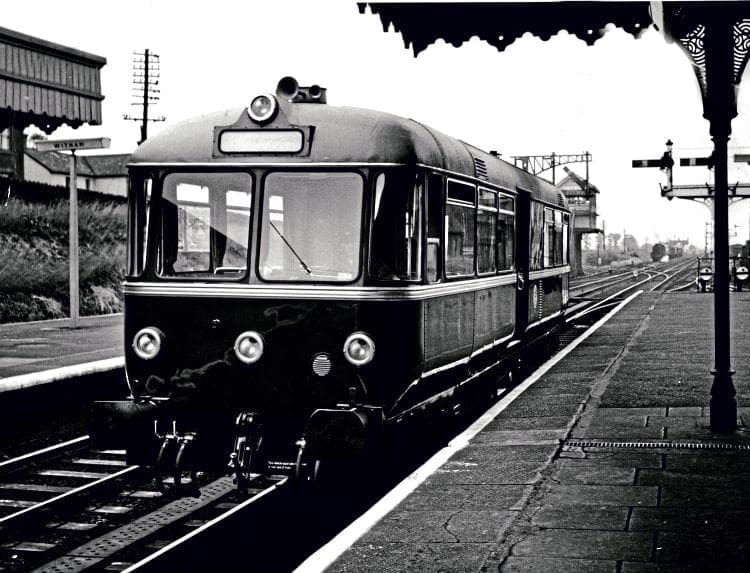
THEY came, they saw, but they did not conquer. Sixty years ago in 1958, 22 four-wheeled railbuses from five different manufacturers were trialled on rural lines in England and Scotland with the aim of reducing costs and thus saving the lines from closure. The idea was noble, a brave attempt by British Railways to hang on to as much of its network as possible, but one that ultimately did not succeed.
Arguably, however, this was not quite the full truth. Closing lines was as politically sensitive in the 1950s as it would be today. So BR had to be seen to have tried everything it could to reduce costs where possible, and the railbuses were tangible proof that it had at least tried.
Ultimately, even by destaffing stations and running lines on a ‘one engine in steam’ principle, the traction costs were only a small part of the total required to keep a line open. So the financial impact of railbuses was small, and the lines they were used on all subsequently closed anyway.
Read more in the July issue of Rail Express, on sale now.
Enjoy more Rail Express Magazine reading every month.
Click here to subscribe & save.












